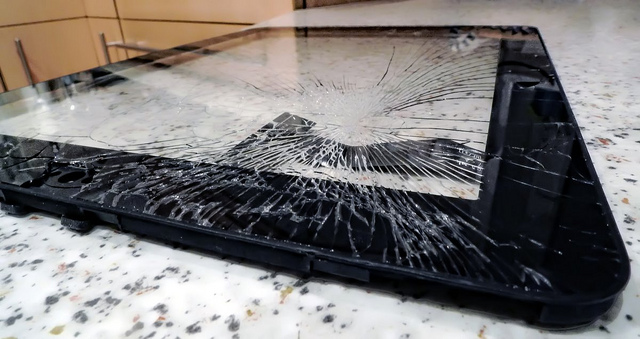No live video, anywhere. It could happen. Here’s the recipe for Armageddon:
First, local broadcasters start to fall when the networks stop being able to deliver full-time programming. Honestly we’re halfway into this. NBC’s well-publicized fall will be just the first; Fox probably isn’t far behind now that the American Idol train has run out of fuel. When it’s clear that there’s no full-time competition, why would ABC and CBS stay on the air all week? I see all of them ceasing operations by 2017 at the earliest. When that happens, many local stations will happily sell their licenses back to the FCC and most markets will end up with only two or three broadcasters.
Then, it gets dicey for pay-TV content providers. As much as we love our DVRs, the bread and butter for TV programmers is live TV (or TV that’s watched in the first 3 days.) A lot of that content is available free after that on the internet. With the loss of “appointment TV” (which has really been the province of the broadcast networks) more and more people will give up on watching cable or satellite, preferring to wait for Hulu or content provider web sites.
Then the pinch really starts. Here’s why things are free or cheap to stream: because the content providers get their money from traditional pay-TV deals. If those fall apart, if people are just willing to wait and stream stuff for free, then there won’t be any money to make new programs. Content providers collapse, followed by cable companies that can’t afford infrastructure improvements and who are forced to cut prices.
That’s the end of the line for traditional TV. Everyone tries to move over to streaming, but with no way to monetize it, there’s no new programming. As content providers try to jack up prices fast enough to stay alive, streaming companies like Netflix, Blockbuster and Hulu fall like flies, unable to pass costs along to consumers.
And then we have… nothing. That’s the nightmare.
How can we make sure that doesn’t happen? The FCC may be moving toward classifying streaming companies the same way they classify pay-TV providers. That would be a good step and it would pave the way for streaming-only subscriptions for DIRECTV, DISH, and other providers.
The biggest change… and you won’t like this… is that streaming needs to get a lot more expensive. Sure, companies like Netflix don’t have to put big satellites in the sky but they need big servers and lots of them. Right now streaming is cheap because it’s being subsidized. Streaming needs to stand on its own two feet, and fast. That may mean some rough times ahead as people get used to the new economy, but raising prices on streaming is the only way that any of this makes sense.





